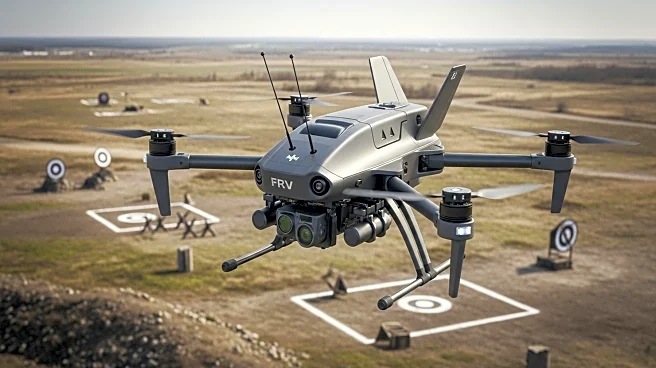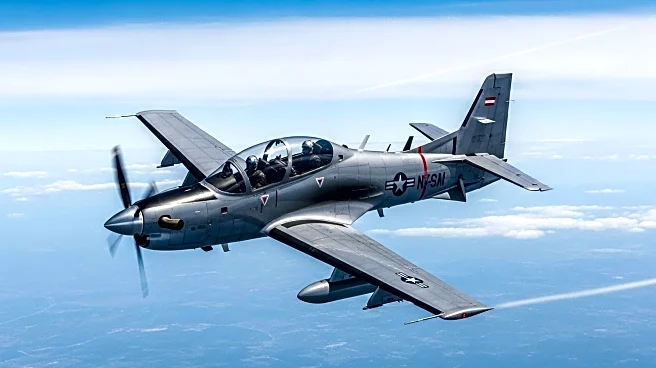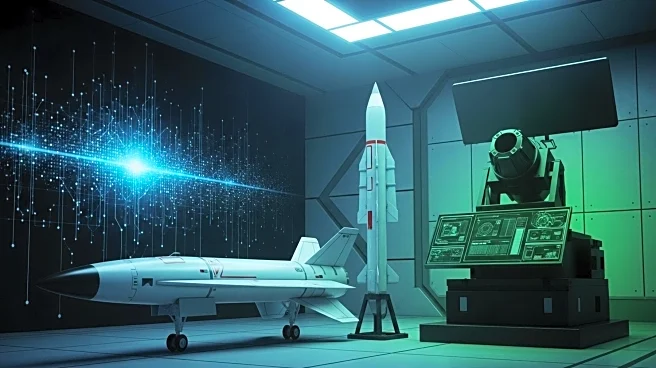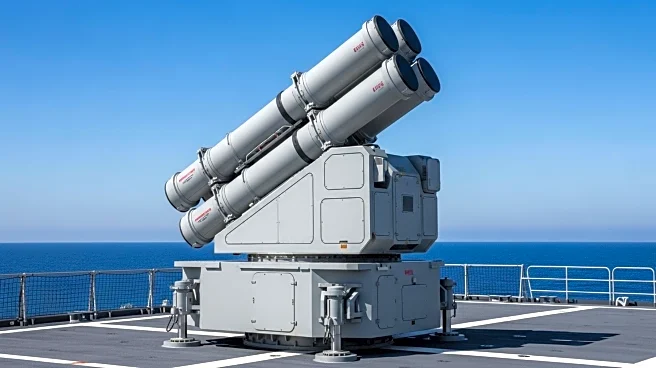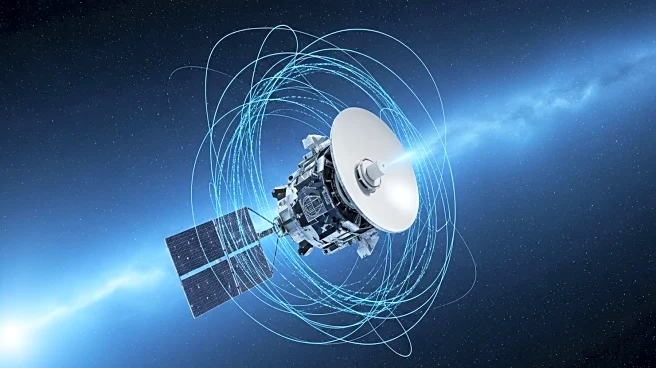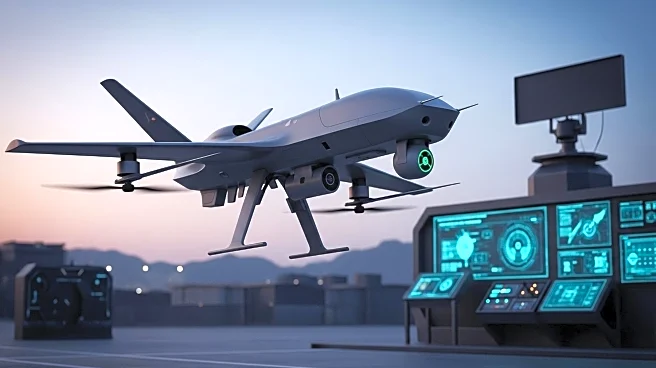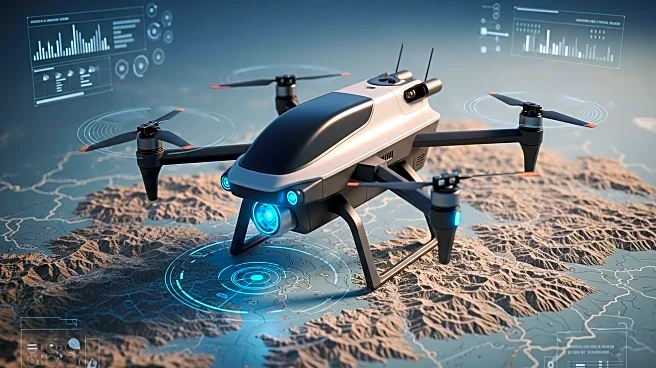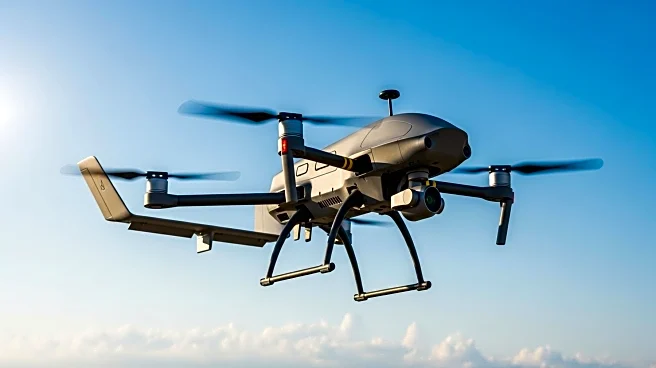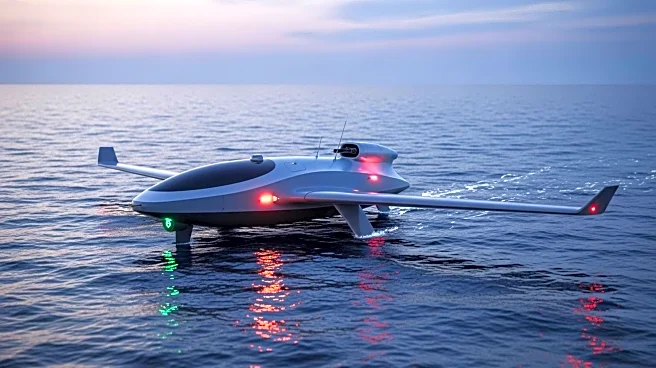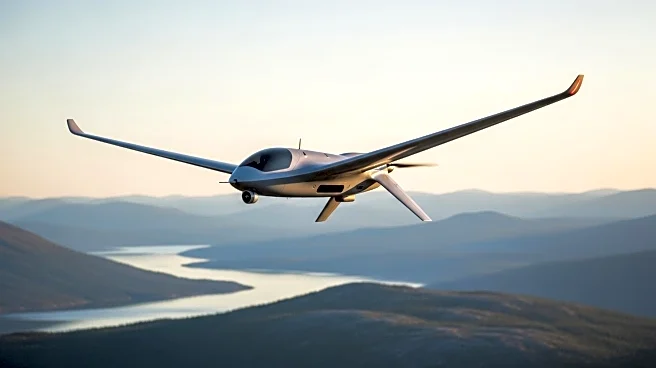What's Happening?
The US Marine Corps is set to field the Neros Archer first-person view (FPV) unmanned aerial vehicle (UAV), marking the first time FPV drones will be used across the service. This initiative is supported by a training guidance memo released on September 4, signed by Lieutenant General Benjamin Watson, commanding general of Training and Education Command. The fielding is funded by the Defense Innovation Unit (DIU), which approved the Archer for the Blue UAS list earlier in 2025. The initial units to receive the drones include the Schools of Infantry, the Infantry Officer Course, and the Marine Air-Ground Task Force Training Command at the Marine Corps Air Ground Combat Center. The FPVs will eventually be deployed to Marine Corps Special Command Raider Battalions and various divisions, including Littoral Combat Teams, Infantry, and Light Armored Reconnaissance Battalions.
Why It's Important?
The deployment of FPV drones represents a significant advancement in military training and operational capabilities for the US Marine Corps. These drones offer enhanced situational awareness and real-time data collection, which can improve training outcomes and operational effectiveness. The integration of FPV technology into military operations could lead to more efficient reconnaissance and surveillance missions, potentially reducing risks to personnel. This development also underscores the growing importance of unmanned systems in modern warfare, highlighting a shift towards more technologically advanced military strategies.
What's Next?
As the Marine Corps begins to integrate FPV drones into its training and operations, there may be further developments in drone technology and tactics. The success of this initiative could lead to expanded use of FPV drones in other branches of the military, as well as increased investment in unmanned systems. Stakeholders, including defense contractors and technology developers, may seek to innovate and improve drone capabilities to meet evolving military needs.
